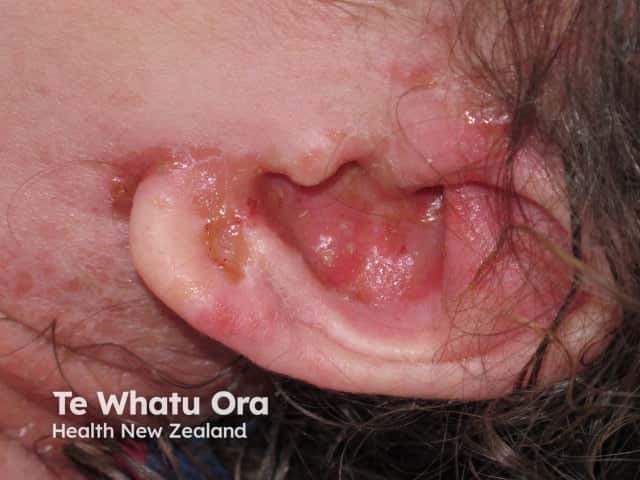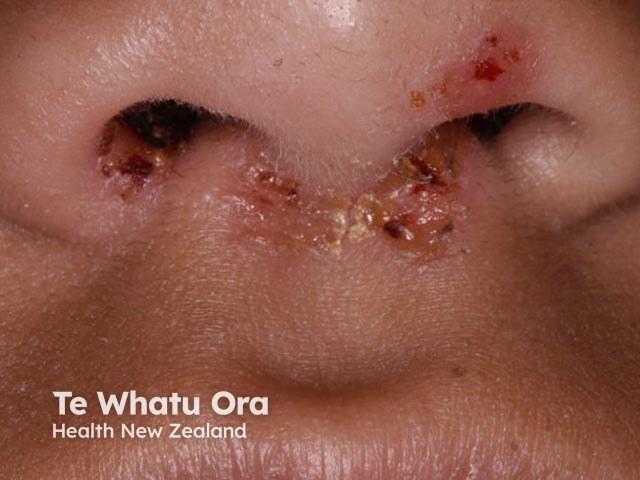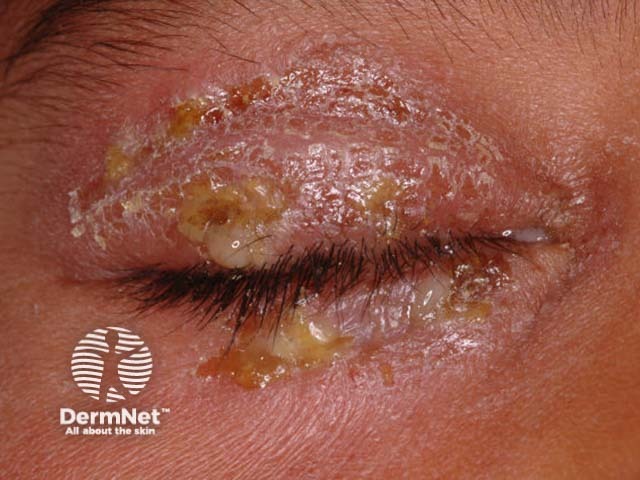Main menu
Common skin conditions

NEWS
Join DermNet PRO
Read more
Quick links
Author: Brian Wu PhD. MD Candidate, Keck School of Medicine, Los Angeles, USA; Chief Editor: Dr Amanda Oakley, Dermatologist, Hamilton, New Zealand, September 2015.
Introduction - IgG Introduction - IgG subclass deficiency Causes Signs and symptoms Diagnosis Treatment
IgG or immunoglobulin G is the most common form of antibody, an essential group of proteins in the humoral or circulating immune system.
IgG is composed of 4 peptide chains: 2 heavy chains and two light chains. There are four subclasses of IgG.
IgG deficiency is an inherited condition in which there is a normal total level of IgG but low levels of at least one of the IgG subclasses. Each of these subclasses has a slightly different immune function:
In patients with IgG subclass deficiency, other components of the immune system function normally.
The pattern of inheritance connected with IgG subclass deficiency is not known. IgG subclass deficiency can affect both males and females. Partial gene deletion may prove to be a cause of IgG subclass deficiency (and is a known cause of selective IgA deficiency).
Patients with IgG subclass deficiency may present with:

Infected eczema

Infected eczema

Infected eczema
Diagnosis of IgG subclass deficiency is made in a patient with a history of chronic bacterial infections. IgG subclasses can be measured, but the results of this testing are not always conclusive. Levels should be tested again in several months to determine if the values are truly abnormal.
Diagnosis should also take into account the patient’s overall health, presenting symptoms, and response to vaccines.
IgG subclass deficiency is treated with: